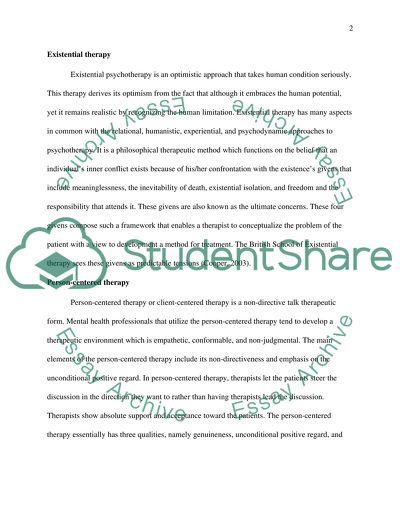Cite this document
(“Theories and Techniques of Counseling Research Paper”, n.d.)
Theories and Techniques of Counseling Research Paper. Retrieved from https://studentshare.org/psychology/1473729-theories-and-techniques-of-counseling
Theories and Techniques of Counseling Research Paper. Retrieved from https://studentshare.org/psychology/1473729-theories-and-techniques-of-counseling
(Theories and Techniques of Counseling Research Paper)
Theories and Techniques of Counseling Research Paper. https://studentshare.org/psychology/1473729-theories-and-techniques-of-counseling.
Theories and Techniques of Counseling Research Paper. https://studentshare.org/psychology/1473729-theories-and-techniques-of-counseling.
“Theories and Techniques of Counseling Research Paper”, n.d. https://studentshare.org/psychology/1473729-theories-and-techniques-of-counseling.


